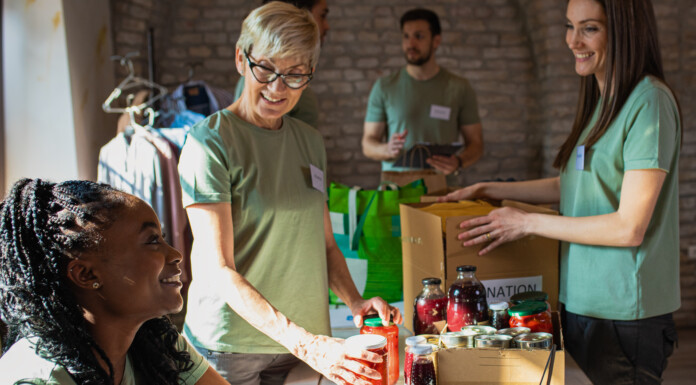A few weeks ago, the Times-Age ran a story to celebrate the significant contributions volunteers make in the region.
This reliance on the volunteering network and the economic benefit it brings is also observed nationally through a vast number of sectors and industries.
In a report released in June this year, Te Tari Taiwhenua Internal Affairs estimated New Zealand has savings of $4 billion per year due to the unpaid hours worked by volunteers.
As Search and Rescue volunteering legend Sam Milligan pointed out to the Times-Age, if these do-gooders suddenly decided to stop, New Zealand would be “absolutely buggered”.
Volunteering New Zealand data suggests that nationally, there are about 159 million hours of formal volunteer labour each year and rates of volunteering are higher for those employed than those not in the labour market.
The exception to this rule, and applicable in Wairarapa, is the increased rate of seniors volunteering.
In my chats with the local volunteers who donate time to ventures such as food banks, surf clubs and search and rescue, there was an unprompted talking point which reappeared in each interview.
Each volunteer had, over time, observed Wairarapa’s ageing volunteer population and voiced concern about who was there to step into volunteering shoes as the years rolled over.
Reasons for this vary because it could be argued that the ageing population and older demographic in Wairarapa is explanation enough.
It could also be that seniors and retirees may have more time to dabble in volunteer work, not having other commitments of fulltime work or little ones to look after.
Whatever the contributing factors, there is no denying the vital roles these volunteers play in keeping the cogs and wheels moving in Wairarapa and New Zealand.
This story was reported; volunteer awareness week passed by, and life moved forward as usual.
But at the Predator Free event held in Carterton on Tuesday night, someone made a point which again brings to light the importance volunteering holds, especially in provincial regions.
The meeting – which consisted of about 25 people listening to Green Party MP Eugenie Sage and WaiP2K chair Todd Jenkinson speak on Wairarapa’s place in the quest to be predator free by 2050 – consisted of about 25 listeners.
At the Q and A session held at the end of the event, an audience member spoke up.
“Looking around this room, how many people can you see who are under 20? Who are under 30?”
I waited for a piercing alarm to sound along with a giant spotlight to reveal itself overhead, shining down to expose me and one, maybe two other potential audience members.
The predator-free example is just one of many bodies in Wairarapa, where a serious toast is in order for those putting hours, time and effort into causes they believe in.
Someone joked to me at the end of the evening that next time, I’d need to dye my hair grey to attend a session.
A good joke and worth a chuckle, but equally worth a kōrero about the role I, and others in my demographic, have yet to play in the volunteering world.


